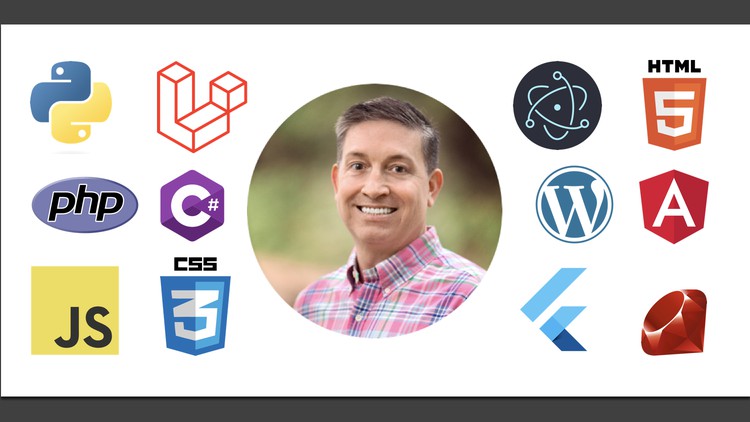
An introduction to Web Frameworks, their components, and the software languages that make them work.
What you will learn
Understand the purpose and benefits of using Web Frameworks for building web applications.
Define Web Frameworks and differentiate between full-stack, front-end, and back-end frameworks.
Identify the eight core components of Web Frameworks and their roles in web application development.
Explain the relationship between Web Frameworks and programming languages, and recognize popular choices.
Differentiate between Technology Stacks, Meta Frameworks, and Opinionated Frameworks in web development.
Evaluate the suitability of WordPress as a Web Framework based on its design and capabilities.
Recommend appropriate Web Frameworks for various use cases, such as SaaS, mobile apps, and desktop applications.
Description
Dive into the dynamic world of Web Frameworks with our comprehensive guide designed to illuminate the intricacies and components that power modern web development. In the early days of the internet, website owners and developers faced the daunting task of coding everything from scratch. This course embarks on a journey from those foundational days to the present, showcasing the evolution of web development into an era where speed and efficiency reign supreme.
Through engaging lessons, we’ll explore the transformative impact of Web Frameworks, which leverage reusable components to accelerate the development of web applications. Discover why these frameworks are intricately designed around the most popular programming languages on the web and how these languages form the core of the most widely used Web Frameworks today. This understanding is crucial for anyone looking to build web applications more efficiently and with greater sophistication.
Our exploration continues beyond there. We’ll delve into the three primary types of Web Frameworks, each serving a unique purpose in the web development ecosystem. Furthermore, we’ll break down the eight essential components of a Web Framework. Understanding these components will equip you with the knowledge to select and utilize the proper framework for your projects, ensuring a robust and scalable web application.
Whether you’re a budding developer or a seasoned professional looking to refine your skills, this course offers valuable insights into Web Frameworks. Join us on this enlightening journey to unlock the secrets of efficient web development and take your skills to the next level. This version aims to make the course description more engaging and structured, highlighting the journey from past to present and the key learning outcomes of the course.
Content